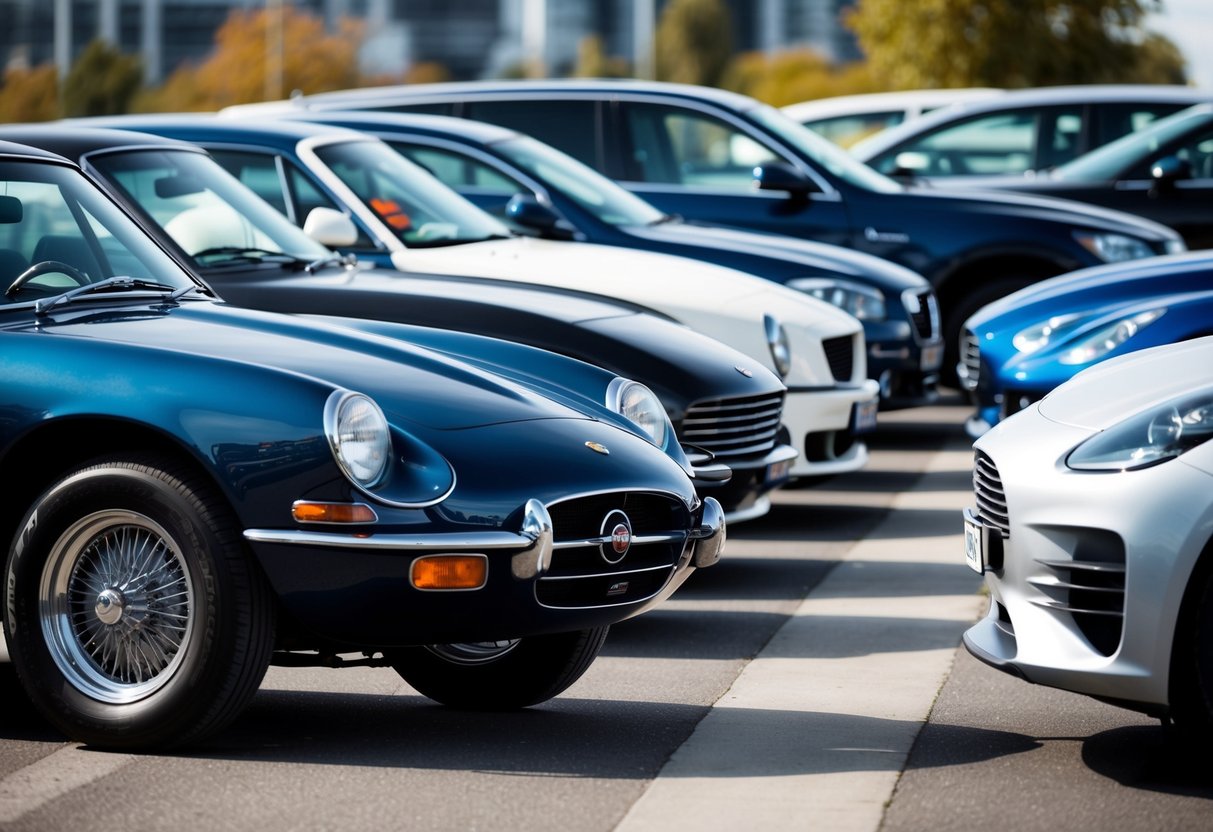
The Unique Niche of Retro Commercial Vehicles
Retro commercial vehicles hold a unique appeal, drawing upon design elements that evoke nostalgia while offering modern practicality. These vehicles often become cult classics known for their distinct style and enduring influence.
Nissan’s S-Cargo and Figaro
The Nissan S-Cargo and Figaro represent innovative designs that capture consumer imagination. Released in the late 1980s and early 1990s, these vehicles brought retro charm to the forefront of automobile design.
The S-Cargo, with its quirky, snail-like shape, resembles the iconic Citroën 2CV delivery van. It was intended for small businesses, offering a functional cargo space paired with playful aesthetics. This design proved successful in its niche, cultivating a dedicated fan base.
Similarly, the Nissan Figaro embraced the appeal of 1960s British sports cars. Its round headlights, curved silhouette, and convertible roof attracted buyers seeking a blend of vintage aesthetics and modern reliability. The Figaro’s limited production added to its allure, cementing its status as a sought-after collectible.
Dodge Ram 1994: A Game Changer in Truck Design
The 1994 Dodge Ram revolutionized the truck industry with its bold design, marking a departure from traditional boxy styles. Its sculpted, aerodynamic shape drew inspiration from classic semi-trucks, giving it an imposing presence on the road.
This redesign included a larger grille, raised hood, and prominent “Big Rig” look, which captured the market’s attention. The changes weren’t purely aesthetic. Practical improvements were made to enhance performance and functionality, contributing to its success.
The 1994 model set a new standard, influencing subsequent truck designs. Its success proved that retro design elements could be seamlessly integrated into modern utility vehicles, meeting both aesthetic and practical demands. This made it a pivotal model in the evolution of modern commercial vehicles.
Preserving Automobile History through Design
Modern car manufacturers are paying homage to their past by incorporating classic design elements into new models. Iconic features from legendary cars like the Plymouth Prowler, Dodge Viper, and Ford Thunderbird inspire contemporary aesthetics, drawing a bridge between the rich past and future innovation.
The Importance of Legacy Models
Legacy models hold an enduring significance in today’s automotive design landscape. The Plymouth Prowler’s retro appeal, with its nods to the 1930s hot rods, has captivated enthusiasts, powerfully showcasing how historical elements can be reimagined in modern forms. Similarly, the Dodge Viper’s aggressive stance and sleek lines echo the high-performance vehicles of the past while providing a template for new generations of sports cars.
The Ford Thunderbird exemplifies another approach to preserving automobile history. This model combines classic styling cues with state-of-the-art technology to create a vehicle that respects its heritage while meeting modern expectations. Brands leverage these timeless designs, ensuring that the essence of previous eras continues to resonate with drivers today, offering both nostalgia and contemporary appeal. These models stand as testament to the enduring influence of classic car design, demonstrating how manufacturers can preserve history through thoughtful innovation.



